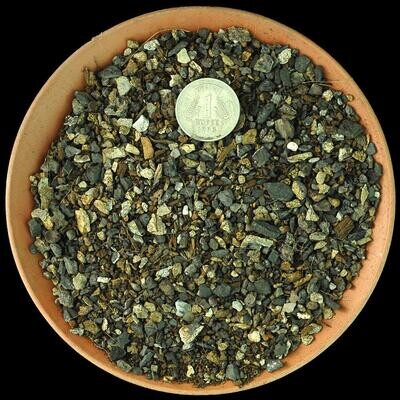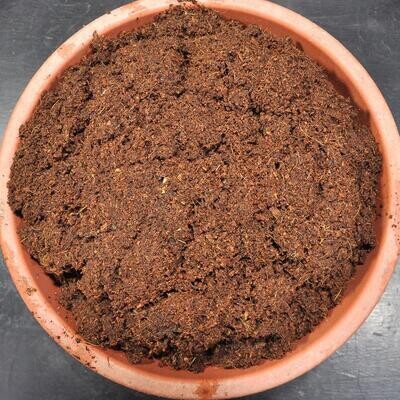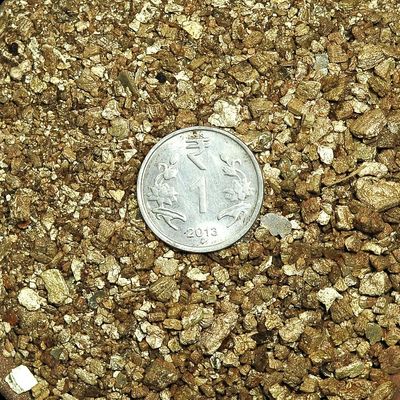Please check the Shipping Updates Page for information on shipping.
Lophocereus schottii ( Native Form)
Native Form means the orginal form ie without the monstrosity or abnormality for which it is more famous and thus the original form has become rare in collections!
Origin of Name
Lophocereus schottii is named after Arthur Carl Victor Schott, a 19th-century German-American botanist, and explorer who contributed significantly to the study of North American flora. The genus name "Lophocereus" is derived from Greek, with "lophos" meaning crest or tuft, referring to the tufted or crested appearance seen in some species within this genus. This species, however, is known for its tall, columnar growth.
Technical Description of Plant
Lophocereus schottii, commonly known as the Senita Cactus, is a slow-growing, columnar cactus that can reach heights of up to 15 feet or more in its native habitat. It has a distinctive growth pattern, with multiple branches forming from the base and extending upwards, creating a somewhat candelabra-like silhouette. The plant's green to blue-green stems are moderately spined, with areoles producing gray to black spines that are less dense than those of many other cacti, giving it a somewhat soft appearance from a distance. Rarely, it produces white to pinkish flowers near the stem tips at night, which are followed by red fruits.
Origin of Plant
Native to the Sonoran Desert in the southwestern United States and northwestern Mexico, Lophocereus schottii has adapted to survive in hot, arid environments. Its natural distribution spans a range of desert landscapes, where it plays an essential role in the local ecosystem, providing habitat and food for native wildlife. The plant's ability to store water in its stems allows it to withstand long periods of drought.
Conservation Status
Lophocereus schottii is not currently listed as endangered, but like many desert plants, it faces threats from habitat loss, climate change, and illegal collection. Conservation efforts focus on habitat preservation and sustainable management practices to ensure the survival of this and other desert species.
Care Instructions
Lophocereus schottii thrives in full sun and requires well-draining soil to prevent root rot. It is well-suited to dry, desert gardens or as a striking architectural element in succulent landscaping. Water sparingly, only when the soil has completely dried out, reducing frequency during the winter months. This cactus is cold-tolerant to a degree but should be protected from frost in cooler climates. No regular fertilization is needed, but a light application of a cactus-specific fertilizer can be beneficial during the growing season. Due to its slow growth rate, repotting is rarely necessary.





